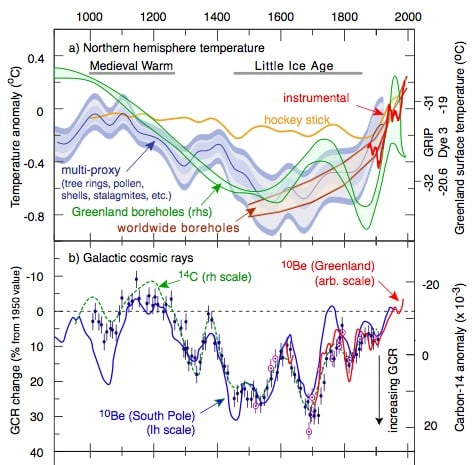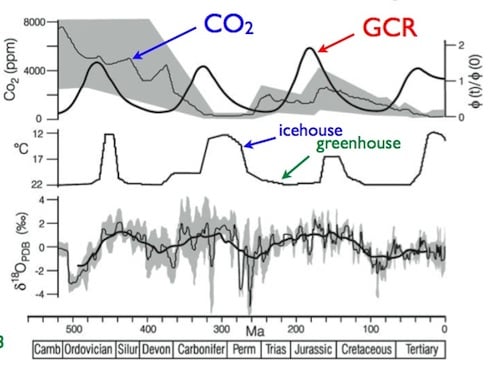CERN's cosmic cloudmaker cranks up
May solve climate mystery, Thermageddon scareWhile CERN's vast Large Hadron Collider accelerator gathers all the headlines - allowing humble hacks to become Hollywood blockbuster scriptwriters - an ancient piece of atom hardware is beginning experiments that may prove to be of significance.
CERN's much-anticipated CLOUD experiment has begun, the atom lab says. Using the 50-year-old Proton Synchrotron, the experiment simulates cosmic rays passing through the earth's atmosphere, and hopes to reveal the extent to which the constant background drizzle of charged particles plays a role in cloud formation. Earlier experiments have suggested that ionisation causes clouds to "seed" - and that ionisation is influenced by the type and quantity of cosmic rays that reach the earth.
Both the sun and the earth's magnetic fields act as umbrellas, protecting the surface from the high energy particles, although two particles still reach the surface per second. But small changes in the cosmic ray flux produce significant changes in cloud cover. When fewer cosmic rays reach earth, the planet's climate is warmer, when more reach earth, the climate cools.
"So marked is the response to relatively small variations in the total ionization, we suspect that a large fraction of Earth's clouds could be controlled by ionisation," noted Danish scientist Henrik Svesmark this summer. Svensmark has pioneered the research using smaller experiments, but has waited over a decade to see it tested on such a scale.
Much of the recent interest comes from climate watchers. Clouds are one of the biggest factors in determining global surface temperature, but the UN's IPCC admits the level of scientific understanding of them is poor.
The cosmic ray effect - a factor of the background CBR bombardment itself, and the relative strength of the earth and the Sun's magnetic shields - shows a strong correlation between temperature, CBR and is extraordinary. Here's the relationship over the short term - around 2,000 years.

And here's the correlation into deep time, with CO2 as a comparison.

In addition, "deep freezes" in the Earth's temperatures have coincided with short-lived but intense bursts of cosmic ray activity. Modulation is thought to reflect the Sun's passage through spiral arms of the Milky Way, and also the Sun's oscillation in relation to the plane of the galaxy. The Sun bobs up and down 2.7 times per orbit.
CERN became involved when a visiting lecture by former New Scientist editor Nigel Calder was attended by Jason Kirkby - CLOUD's project leader. It's taken 12 years to fire up the particles for this major test. CERN has an interview with Kirby here. �
Keine Kommentare:
Kommentar veröffentlichen